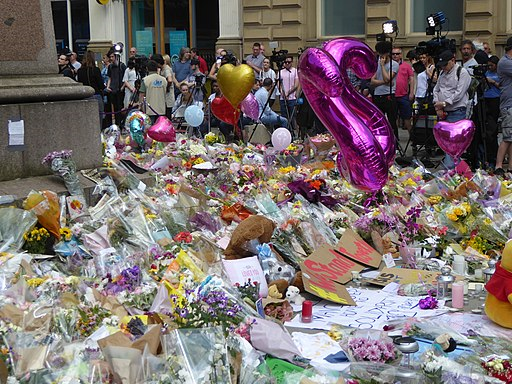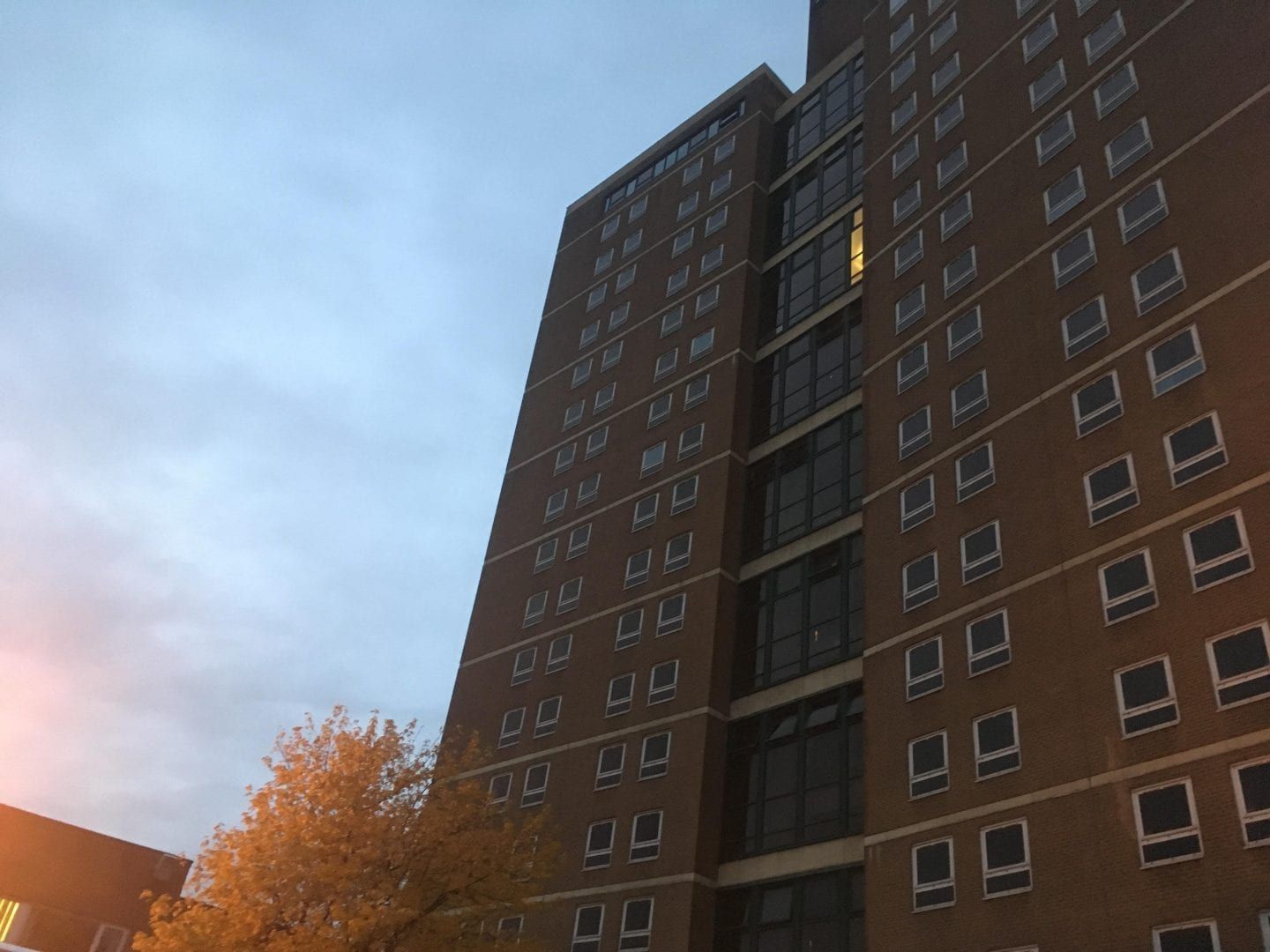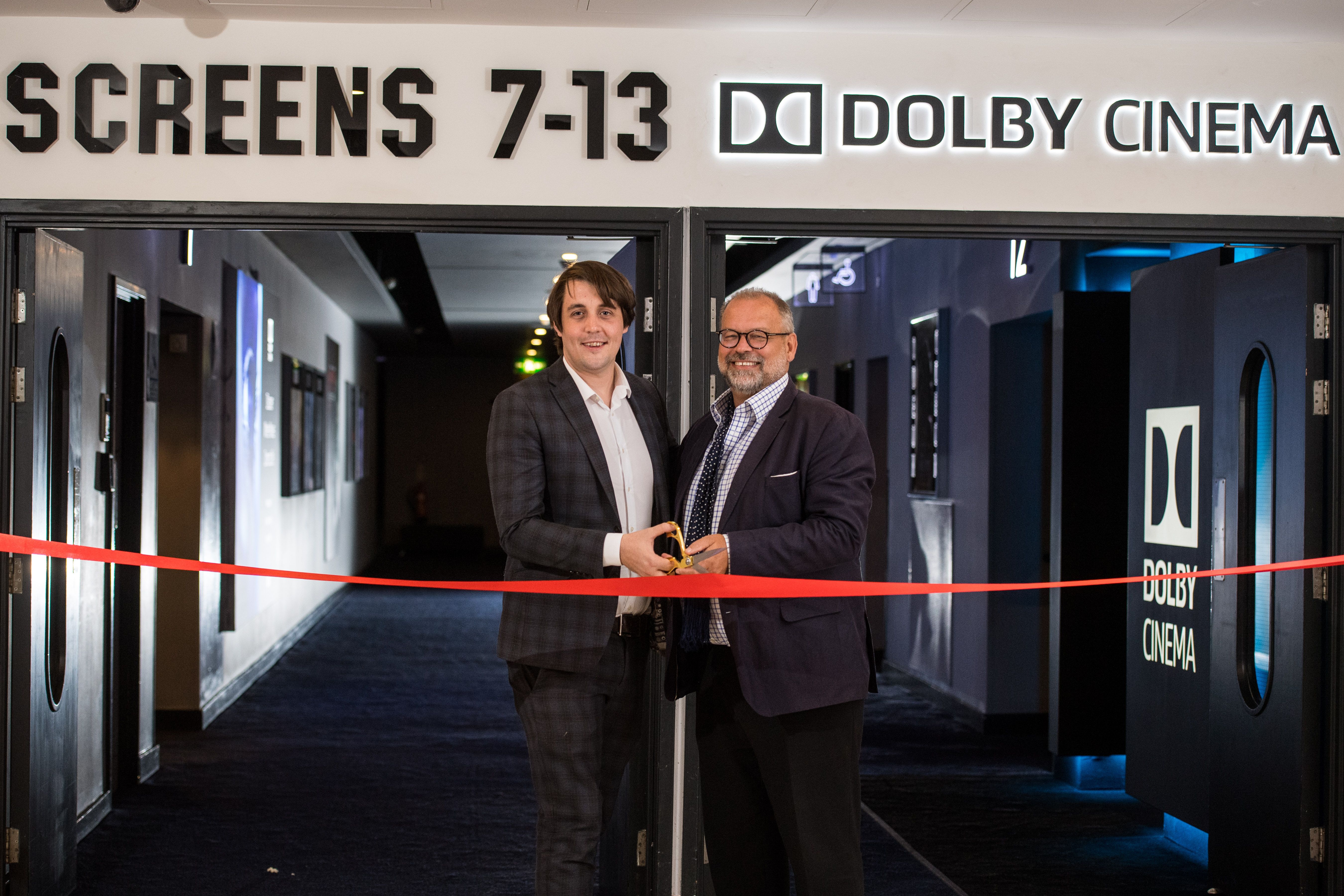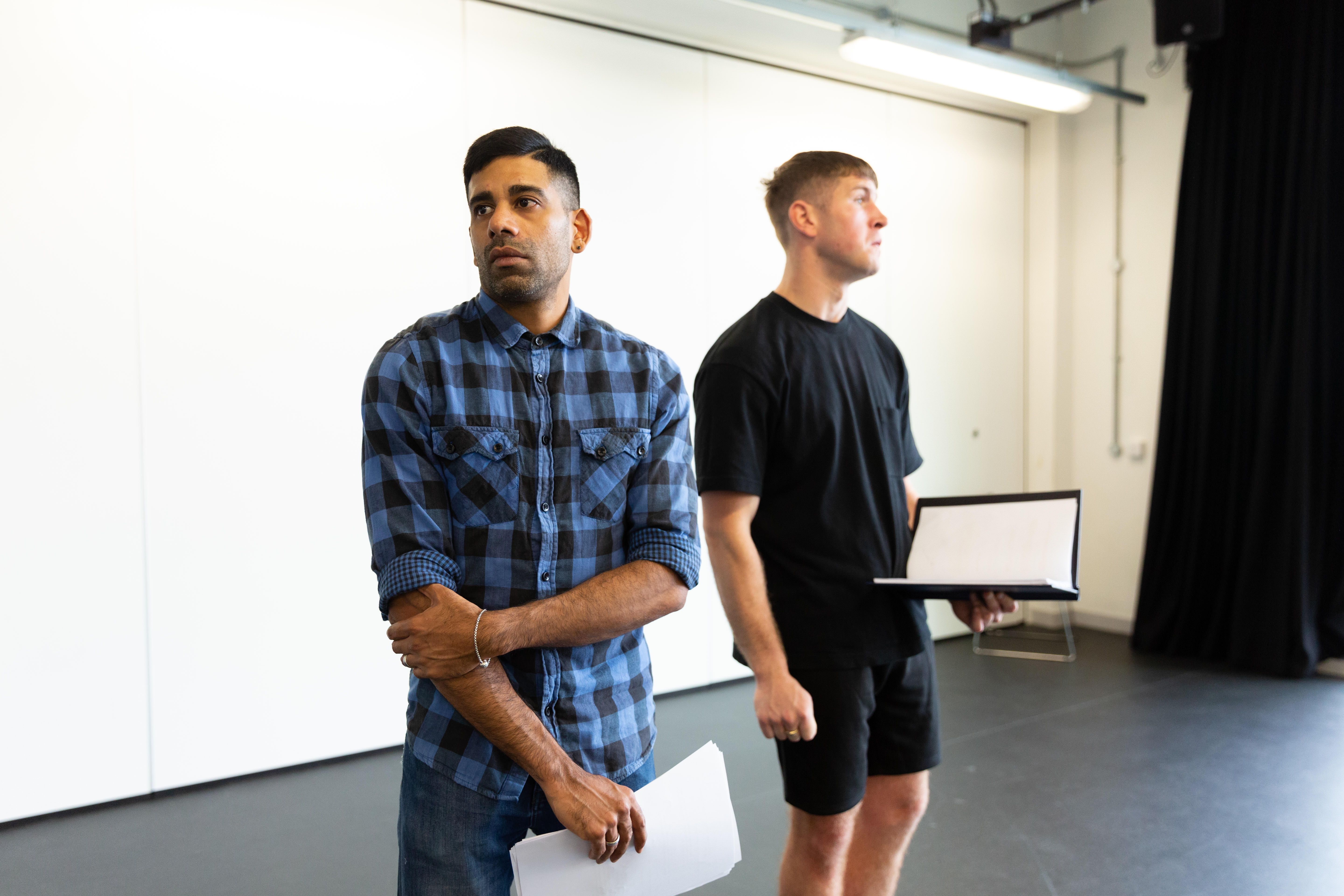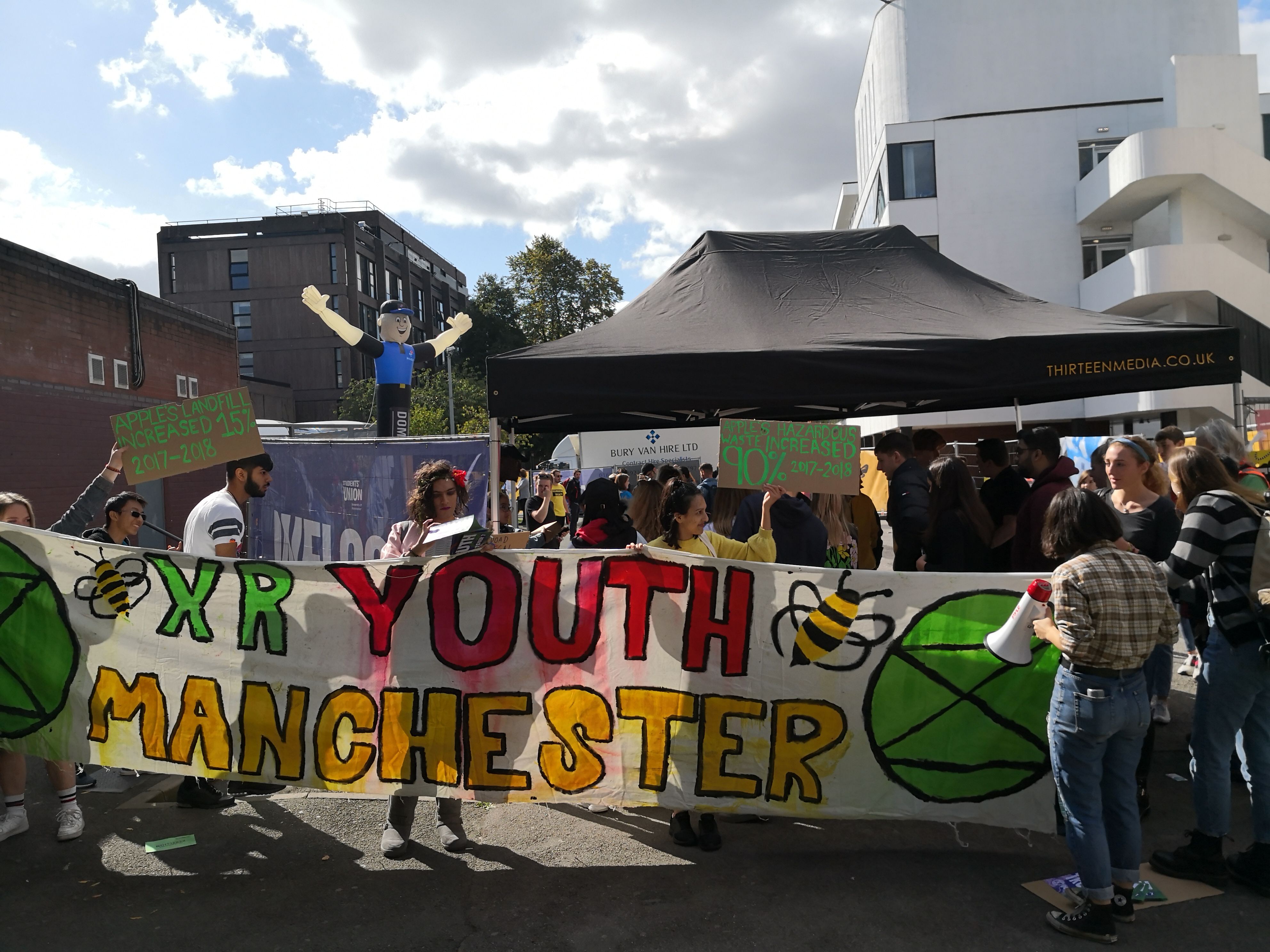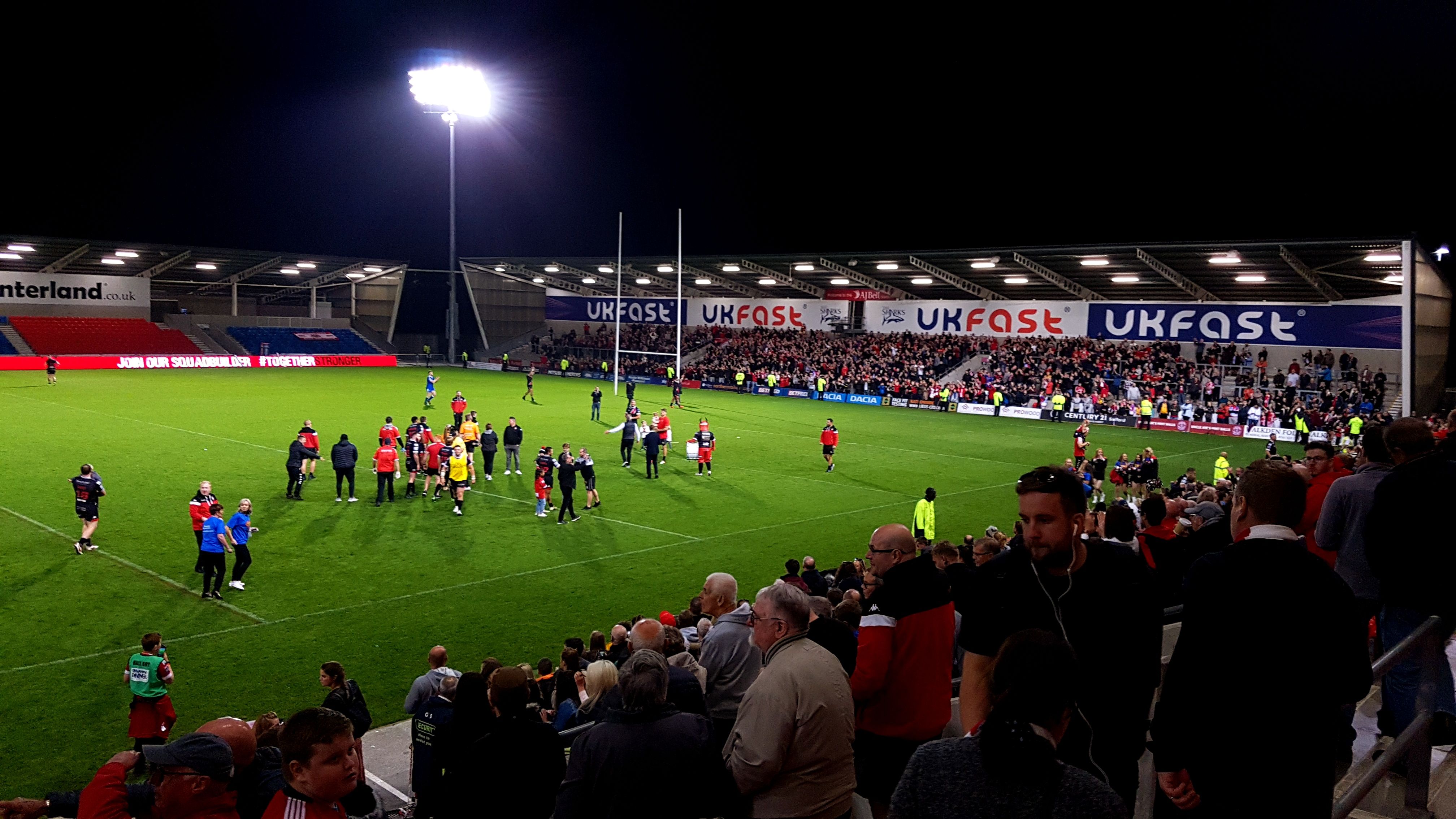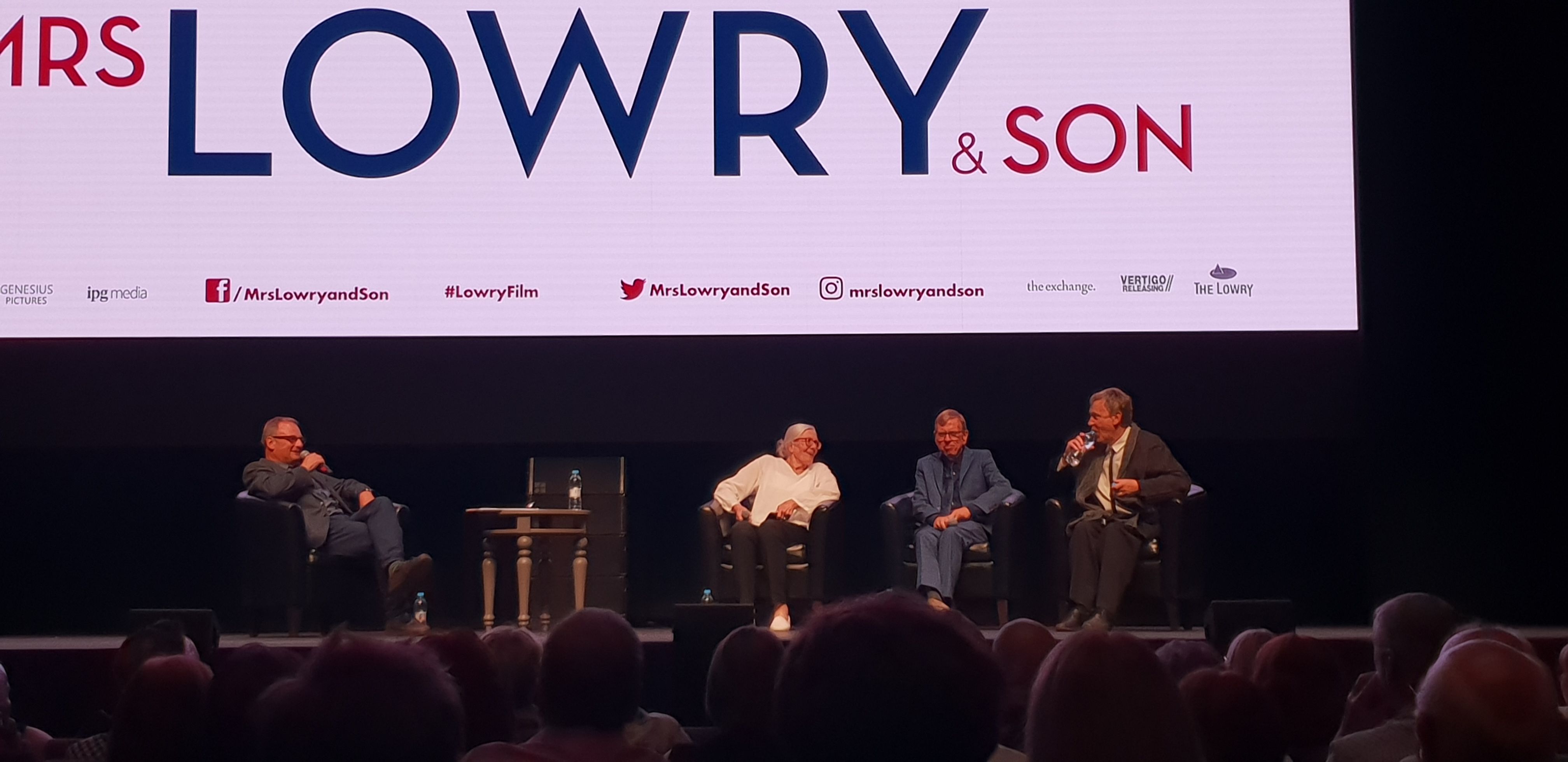Under Three Moons is a new play from Box of Tricks. It tells the story of two friends over the course of two decades and explores masculinity, friendship and mental health. After watching rehearsals, I interviewed the play’s director, Adam Quayle, and actors, Darren Kuppan and Kyle Rowe.
I asked Quayle what they were hoping to achieve with this play. He said, whilst there are “bigger societal issues” regarding masculinity at play, this piece is fundamentally about two male friends. He called the play a “platonic love-story,” with characters who are products of their environment and upbringing.
Quayle has been involved with this play from day one. He was especially interested in exploring masculinity, male-identity and male mental health. He has worked with the writer, Daniel Kanaber, for many years. Kanaber’s stories, he remarked, are grounded, “relationship-driven,” and not reliant on “big theatrical moments”.
As a director, he feels a responsibility to the writer’s intentions; he believes UK theatre is playwright-driven. He said he has been “agonising” over every word, which I could tell from watching the rehearsal.
However, he called theatre a “collaborative art-form”. He said plays go on a journey from being the playwright’s play, to the director’s play, to the actors’ play.
The actors play the same characters over the span of two decades, with each of the three scenes being set ten years apart. Rowe joked it requires three-times the amount of prep before coming into rehearsals. He remarked that the play is not necessarily about what goes on in those scenes; what happens in between those scenes informs those scenes.
Kuppan hopes audience members will watch the play and realise it’s not a sign of weakness to open up. Rather, it takes “strength” to talk about your feelings. The actors and Quayle agreed with me that setting the play in three different decades will appeal and speak to three generations of men.
The actors went on to discuss the challenges of acting, more broadly. Kuppan thinks he has become pickier about roles as he has gotten older. He believes actors are more open when they start off because they need the work. Now, however, he wants to be a part of plays that are “actually telling a relevant story”.
Rowe calls acting “frustrating,” because in any other job, you can “work towards something,” but acting is unpredictable, and success may never happen. He believes actors need to “exert” their energy into other things and “do life and let the acting happen,” instead of doing the acting and letting life happen. He believes this shift in life has made the acting pick up.
Kuppan is married to another actor, Bhavna Limbachia (Citizen Khan, Coronation Street). They met playing husband and wife in Limbachia’s very first theatre production. Life imitated art…
Whilst being a theatre actor requires him to be away from home, and this can be difficult, them both being actors allows a great level of understanding and appreciation.
Rowe does not believe his northern accent has disadvantaged him. However, he feels that northern theatre is not as thriving as it was, and he has enjoyed giving this play “a northern voice” (literally).
What drew Kuppan to Under Three Moons is its non-specification of the characters’ backgrounds and how it doesn’t tell the actors who they have to be. He likes how the characters are not put into a box, though he laughed over the fact that the company is called Box of Tricks…
Indeed, theatre and TV are very different beasts. Quayle finds TV challenging because you have to “think inside a box”. Theatre provides an immediate reaction and requires the audience to be a part of the story, even if it does not involve any audience-interaction.
Rowe enjoys the “buzz” of having one chance of getting it right and not being able to rely on re-shooting. He also feels there is an element of “self-awareness” and”‘self-embodiment” onstage. He offered an example of having a twitch in his hand: whilst on TV, this could be resolved by doing a close-up, performing onstage would require that twitch to be “worked with” and made a part of the character.
Rowe also stated that theatre requires actors and the audience to use their imagination: whilst the play is set at the beach, it is being performed in “pissing-wet Salford”.
Under Three Moons runs at the studio at the Lowry from the 24th until the 28th of September and then tours until the 2nd of November.
